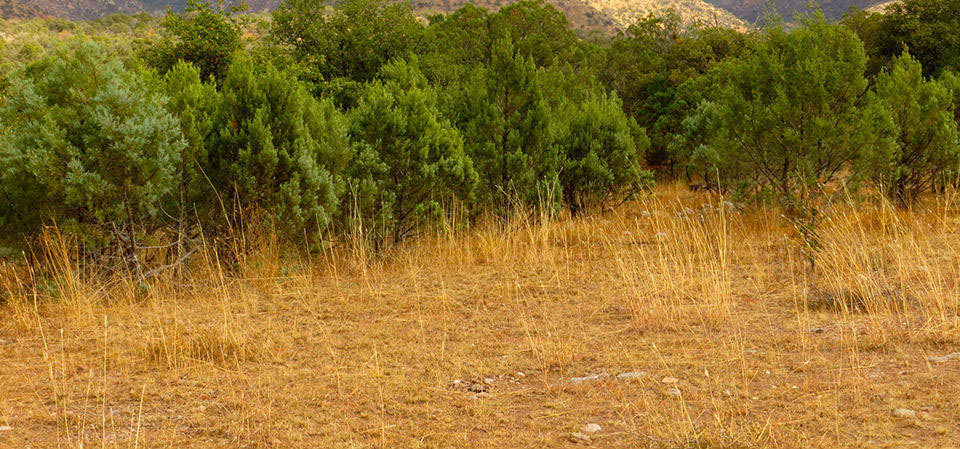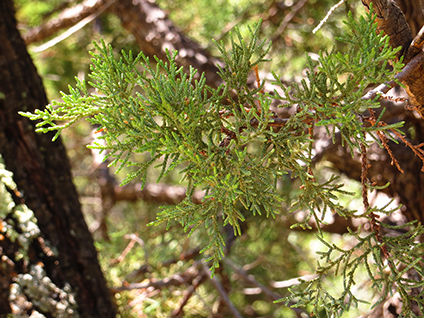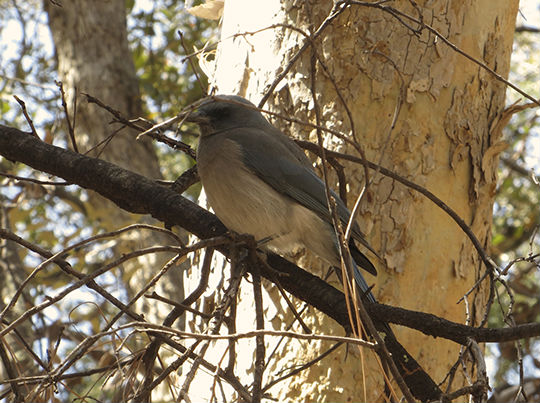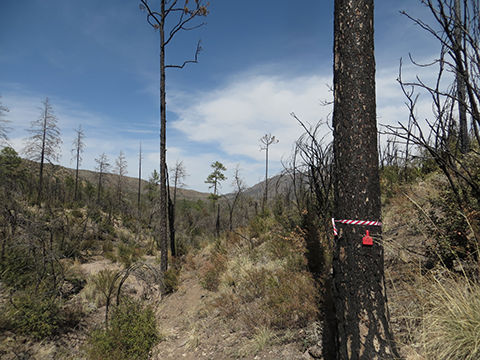





























<
>
Arizona Sky Island Birds
working together to assess wildfire and climate change effects

Unique Area, Increased Stress
Our Project
Citizen Science

Unique Area, Increased Stress
The avifauna within the Sky Islands of southeastern Arizona includes species found nowhere else in the U.S. Thus, birdwatchers from across the globe visit the region, providing a vibrant state and local ecotourism industry. Rocky Mountain Research Station (RMRS) scientists initiated a study in the 1990s on avian distribution and habitat associations within the Sky Islands. Since then, the region has been under increased stress from ongoing droughts and wildfires, likely associated with climate change.

Our Project
We received funding from the Desert Landscape Conservation Cooperative (LCC) for a project entitled, "Assessing Large-Scale Effects of Wildfire and Climate Change on Avian Communities and Habitats in the Sky Islands, Arizona". By re-measuring vegetation and bird populations following wildfires and applying climate change models, we will assess the singular and synergistic effects of climate change and wildfire and provide strategies for managing resilient forests and conserving the avian community structure. We will also continue and expand citizen science efforts to develop a long term avian monitoring plan, as well as simulation studies to provide optimal monitoring designs for avian species to detect changes from large-scale stressors.

Citizen Science
RMRS scientists initiated a pilot study in 2012 in the Chiricahua Mountains to re-sample transects in coordination with Friends of Cave Creek Canyon, a Non-Governmental Organization out of Portal, Arizona. Based on this pilot study, we established new bird monitoring transects near trails and roads near the initial RMRS transects in 2013. We hope to continue this effort and involve more citizen scientists like you!

This work is licensed under a Creative Commons Attribution-NonCommercial-NoDerivatives 4.0 International License.